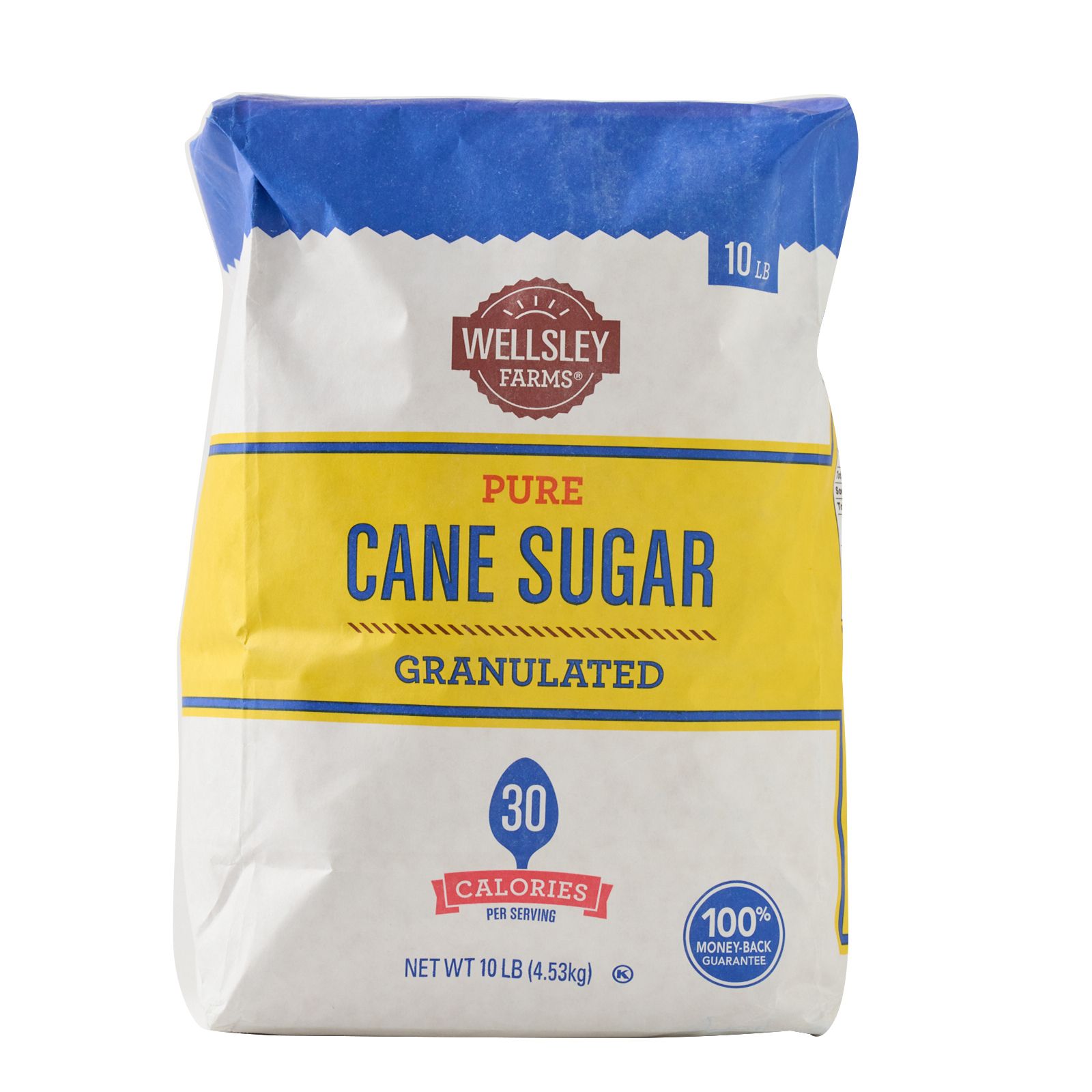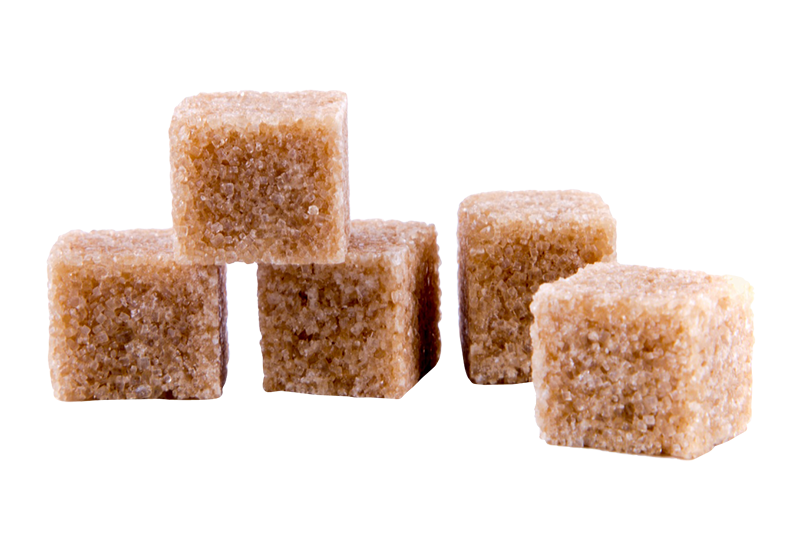Cane Sugar Processing: From Field to Table-- A Step-by-Step Guide
Cane Sugar Processing: From Field to Table-- A Step-by-Step Guide
Blog Article
Discovering the Comprehensive Steps Involved in Walking Cane Sugar Processing From Harvesting to Improvement
The procedure of cane sugar manufacturing includes a series of intricate actions, beginning with the mindful harvesting of sugarcane and culminating in the refinement phases that make sure the last item fulfills industry standards. Each stage, from the removal of juice to the purification and crystallization procedures, plays a crucial function in identifying the quality and personality of the sugar. Understanding these phases not just highlights the complexity of sugar manufacturing yet also increases crucial inquiries about efficiency, sustainability, and advancement in the industry. What ramifications do these variables have for future methods?
Gathering Sugarcane
Collecting sugarcane is an essential action in the cane sugar processing chain, as it straight affects the high quality and yield of the end product. Proper timing and techniques are important during this phase to guarantee optimum sugar web content and decrease losses. Commonly, sugarcane is collected when it gets to maturity, usually 12 to 18 months after planting, identified by a high sucrose focus.

Post-harvest, the sugarcane should be processed quickly to stop sucrose deterioration. Ideally, collected walking cane ought to be carried to processing centers within 1 day to preserve sugar top quality. Therefore, effective logistical planning is vital to maintain the honesty of the harvested plant throughout the supply chain.
Extraction Process

The smashed cane undergoes a collection of pressing operations to take full advantage of juice recuperation. Commonly, warm water is sprayed onto the smashed walking cane, creating a countercurrent circulation that assists dissolve the sugar while also assisting in the removal procedure. The juice accumulated from this procedure contains not just sugar however likewise numerous organic substances and pollutants.

To improve removal effectiveness, some centers might utilize diffusion approaches, where the sugarcane is taken in warm water, permitting the soluble sugars to diffuse right into the fluid. The resulting juice, rich in sucrose, is after that routed to succeeding handling phases, laying the structure for filtration and improvement. The removal process is thus crucial in figuring out the quality and yield of the final sugar product.
Purification Strategies
The purification strategies utilized in walking cane sugar handling are important for transforming the raw juice into a top notch sugar item. These methods primarily intend to get rid of pollutants, such as dirt, plant materials, and not natural materials, which can negatively influence the last item's taste and color.
Among one of the most typical purification techniques is clarification. This process involves adding lime and warmth to the raw juice, which assists in the coagulation of pollutants. The resulting precipitate is then eliminated via sedimentation or filtering, yielding a more clear juice. Furthermore, the use of phosphoric acid can boost the clarification procedure by additional binding contaminations.
One more considerable technique is carbonatation, where co2 is introduced to the made clear juice. This reaction generates calcium carbonate, which records continuing to be impurities and advertises their removal.
In addition, triggered carbon therapy might be applied to adsorb any kind of staying colorants and natural impurities, ensuring a much more refined item. The combination of these approaches effectively prepares the sugar juice for succeeding action in the refining procedure, setting the phase for the production of top quality walking cane sugar.
Crystallization Techniques
After the purification stage, the following crucial action in cane sugar processing entails crystallization find more information methods, which play an essential duty in transforming the cleared up juice right into solid sugar. This process typically employs 2 key methods: spontaneous condensation and controlled crystallization.
In spontaneous condensation, supersaturated sugar options are enabled to cool down naturally, leading to the formation of sugar crystals over time. This method enables for the uniform development of sugar crystals and greater pureness.
Throughout formation, the clarified juice is focused via dissipation, increasing its sugar content until it gets to supersaturation. As soon as this factor is accomplished, either method can facilitate the crystallization process. Cane Sugar Processing. The resultant sugar crystals are after that divided from the staying syrup through centrifugation
Ultimately, the choice of formation technique affects the quality, dimension, and pureness of the last sugar product, making this action important in the overall walking cane sugar handling procedure.
Refinement and Product Packaging
Exactly how can the pureness and quality of walking stick sugar be additionally boosted after formation? The improvement process plays a critical function in attaining premium walking cane sugar.
Next, the sugar goes through a process called centrifugation, where it is rotated at high speeds to separate the detoxified sugar crystals from the remaining fluid. After centrifugation, the sugar is often more refined with an approach called carbonization or phosphatation, which utilizes triggered carbon or phosphoric acid to get rid of shade and off-flavors.
When improved, the sugar is dried to achieve the preferred wetness web content, guaranteeing that it stays stable during storage space and transportation. The last action includes packaging the polished sugar in moisture-proof and impermeable containers to preserve its quality and stop contamination. Cane Sugar Processing. Correct product packaging not just expands shelf life however additionally facilitates easy handling and distribution, making sure that customers obtain sugar that satisfies see this page the highest standards of purity and high quality
Final Thought
The comprehensive steps associated with walking cane sugar handling, from the thorough harvesting of sugarcane to the detailed improvement and product packaging phases, emphasize the relevance of each stage in ensuring high-grade sugar manufacturing. Optimal harvesting methods, reliable removal approaches, and extensive filtration procedures collectively add to the end product's pureness and stability. The condensation and subsequent packaging techniques better boost the stability and life span of the sugar, highlighting the intricacy and accuracy intrinsic in this essential farming sector.
The process of walking cane sugar manufacturing includes a series of detailed actions, beginning with the careful harvesting of sugarcane and culminating in the improvement stages that make certain the final item fulfills market standards. Ideally, gathered cane needs to be moved to refining facilities within 24 hours to preserve sugar high quality.In spontaneous crystallization, supersaturated sugar solutions are enabled to cool naturally, leading to the development of sugar crystals over time - Cane Sugar Processing. The refinement procedure plays a critical function in attaining high-quality walking cane sugar.The detailed steps included in explanation cane sugar handling, from the meticulous harvesting of sugarcane to the complex refinement and product packaging stages, emphasize the importance of each stage in guaranteeing high-grade sugar manufacturing
Report this page